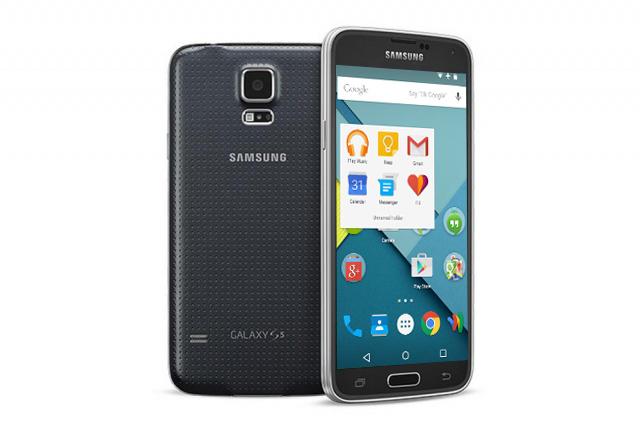
The survey covered all devices that are running the latest version the Play Store app. Since the app is compatible with Android 2.2 and above, ancient versions of the OS (which amounts to 1.1 percent of Android users) were excluded in the survey. The data gathered in the report represented Google Play Store activity for an entire week.
Lollipop made its first appearance in the distribution charts in February. That was the first time that the OS covered more than 0.1 percent of Android devices. Since then, Lollipop adoption has been increasing at a slow and steady rate. This month’s numbers represented modest gains from the 3.3 percent that the OS posted in March.
The most popular version of the OS is Android Kitkat at 41.4 percent. This represents a 0.5 percent increase from March. Lollipop’s numbers were at the same level as Ice Cream Sandwich (5.7 percent) and Gingerbread (6.4 percent).
Android’s adoption numbers are in stark contrast with Apple’s iOS. Last March, Apple said that 77 percent of all iPhones and iPads registered with the App Store were running on iOS 8. Its numbers indicate an upward trend for iOS 8 adoption since that figure represents a five-percent increase from the previous month.
The trend toward Lollipop is likely to continue for Android. The roll-out for
Editors' Recommendations
- I used AR glasses with Android tablets and iPads. Only one was good
- Apple and Google are teaming up to make tracking devices less creepy
- 5 things the iPhone has to change in 2023 before I ditch Android
- Google’s Android monopoly finds its biggest challenge, and Apple might be next
- How to share iPhone photos with Android devices
